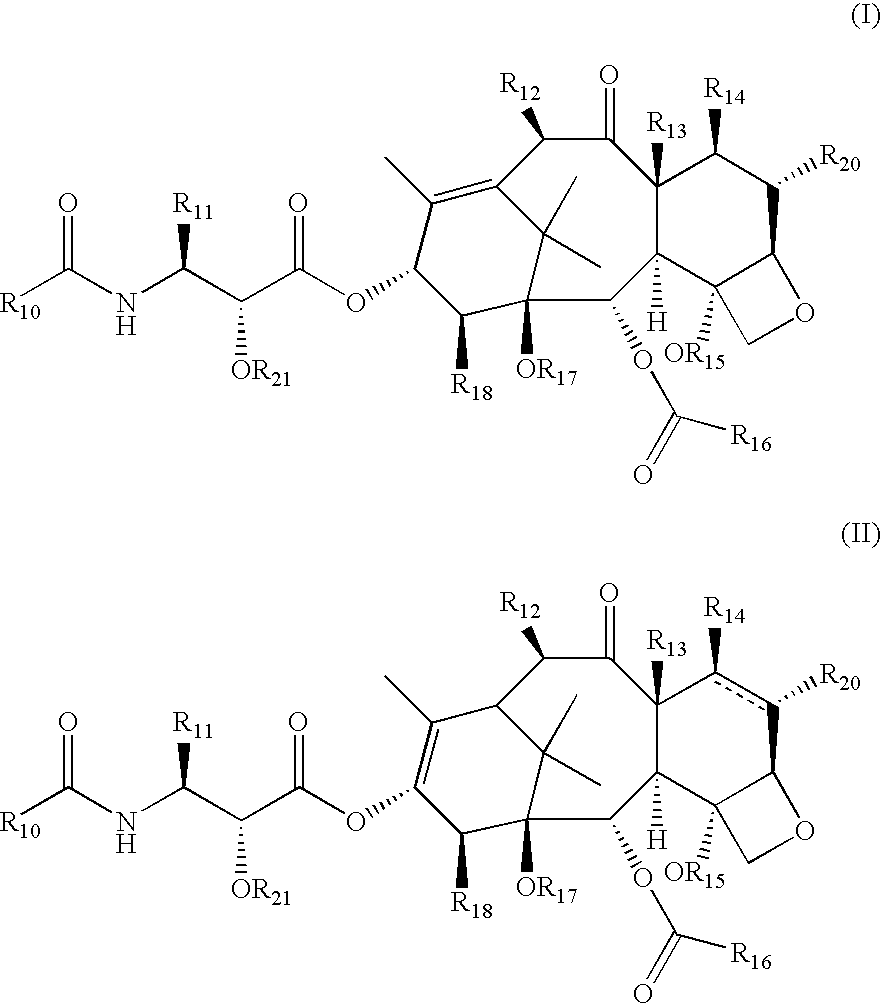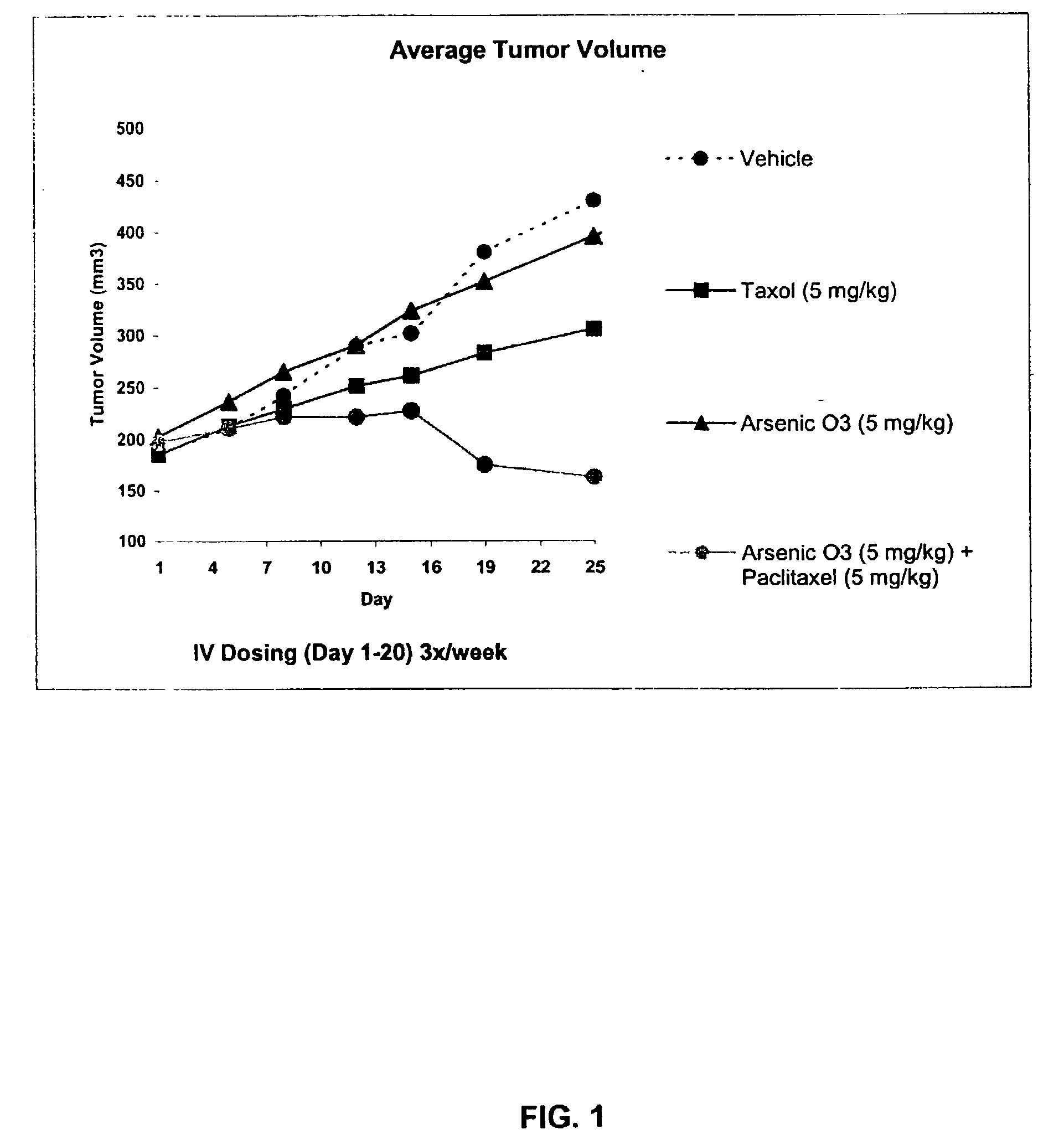Methods and compositions for modulating the immune system and uses thereof
a technology of immune system and composition, applied in the field of methods and compositions for modulating the immune system, can solve the problems of limited surgical use, unsuitable treatment options, and inability to perform surgical procedures in patients whose tumors are inaccessible, so as to improve patient compliance, reduce or avoid unwanted or adverse side effects, and improve the quality of life of said subj
- Summary
- Abstract
- Description
- Claims
- Application Information
AI Technical Summary
Benefits of technology
Problems solved by technology
Method used
Image
Examples
example 1
Methods for Indentifying Lymphoid Tissue Inducers
[0379] The present example describes methods for identifying inducers of lymphoid tissue. The method can be applied to identify a wide variety of lymphoid tissue inducers, especially those that induce expression of lymphotoxin-.alpha., B lymphocyte chemokine (BLC) and secondary lymphoid organ chemokine (SLC). As one example, it describes methods that can be used to identify small molecule inducers of lymphotoxin-.alpha., BLC and SLC by in vitro screening. To date, the only two small molecules reported to induce lymphotoxin expression are pentoxifylline (LT-X, Clerici et al., J. Infect. Dis. 175(5):1210-1215 (1997)) and cimetidine (LT-.beta., Takahashi et al., Biochem. Biophys. Res. comm. 281(5):1113-1119 (2001)). LT-.alpha. expression has been shown to induce expression of BLC and SLC (Hjelmstrom et al., Am. J. Pathol., 156(4):1133-1138 (2000)).
[0381] In one form of a method, chemical libraries can be scre...
example 2
Methods for Evaluating Tumor-Associated Lymphoid Neogenesis and Tumor Regression
[0390] Once candidate small molecule or other inducers of lymphoid tissue have been identified, they can be administered to animals utilizing, for example, a subject model of tumorigenesis and tumor-associated lymphoid neogenesis and / or tumor regression can be observed as described in this example.
[0391] Assaying Tumor-Associated Lymphoid Neogenesis
[0392] Tumor sections can be analyzed immunohistochemically for hallmark features of lymphoid tissue. Tumor infiltration by T cells can be assayed using CD4, CD8, and L-selectin (CD62L) antibodies (Pharmingen, San Diego, Calif.). The presence of B cells and their segregation can be assessed using the CD45R / B220 monoclonal antibody (Pharmingen). For those tumors displaying T and B cell infiltration, further analysis can be performed.
[0393] Infiltration by antigen-presenting cells can be analyzed using dendritic cell-specific, macrophage-specific or B cell-speci...
example 3
In Vivo Anti-Tumor Efficacy of Combination Treatment of Paclitaxel Andarsenic Trioxide on MDA-435 Human Breast Cancer Nude Mouse Model
[0394] This example demonstrates the in vivo anti-cancer efficacy of the combination of paclitaxel and arsenic trioxide in tumor bearing mice using a tumor growth inhibition assay.
[0395] Materials & Methods
[0396] Human Breast Cancer Nude Mouse Model
[0397] A supplemented media was prepared from 50% DMEM / Dulbecco Modified Eagle Medium (High Glucose), 50% RPMI 1640, 10% FBS / Fetal Bovine Serum (Hybridoma Tested; Sterile Filtered), 1% L-Glutamine, 1% Penicillin-Streptomycin, 1% MEM Sodium Pyruvate and 1% MEM Non-Essential Amino Acids. FBS was obtained from Sigma Chemical Co. and other ingredients were obtained from Invitrogen Life Technologies, USA). The supplemental media was warmed to 37.degree. C. and 50 ml of media was added to a 175 cm.sup.2 tissue culture flask.
[0398] The cells used in the assay were MDA-435 Human Breast Carcinoma from the American T...
PUM
| Property | Measurement | Unit |
|---|---|---|
| Linear density | aaaaa | aaaaa |
| Dimensionless property | aaaaa | aaaaa |
| Heat | aaaaa | aaaaa |
Abstract
Description
Claims
Application Information
 Login to View More
Login to View More - R&D
- Intellectual Property
- Life Sciences
- Materials
- Tech Scout
- Unparalleled Data Quality
- Higher Quality Content
- 60% Fewer Hallucinations
Browse by: Latest US Patents, China's latest patents, Technical Efficacy Thesaurus, Application Domain, Technology Topic, Popular Technical Reports.
© 2025 PatSnap. All rights reserved.Legal|Privacy policy|Modern Slavery Act Transparency Statement|Sitemap|About US| Contact US: help@patsnap.com


